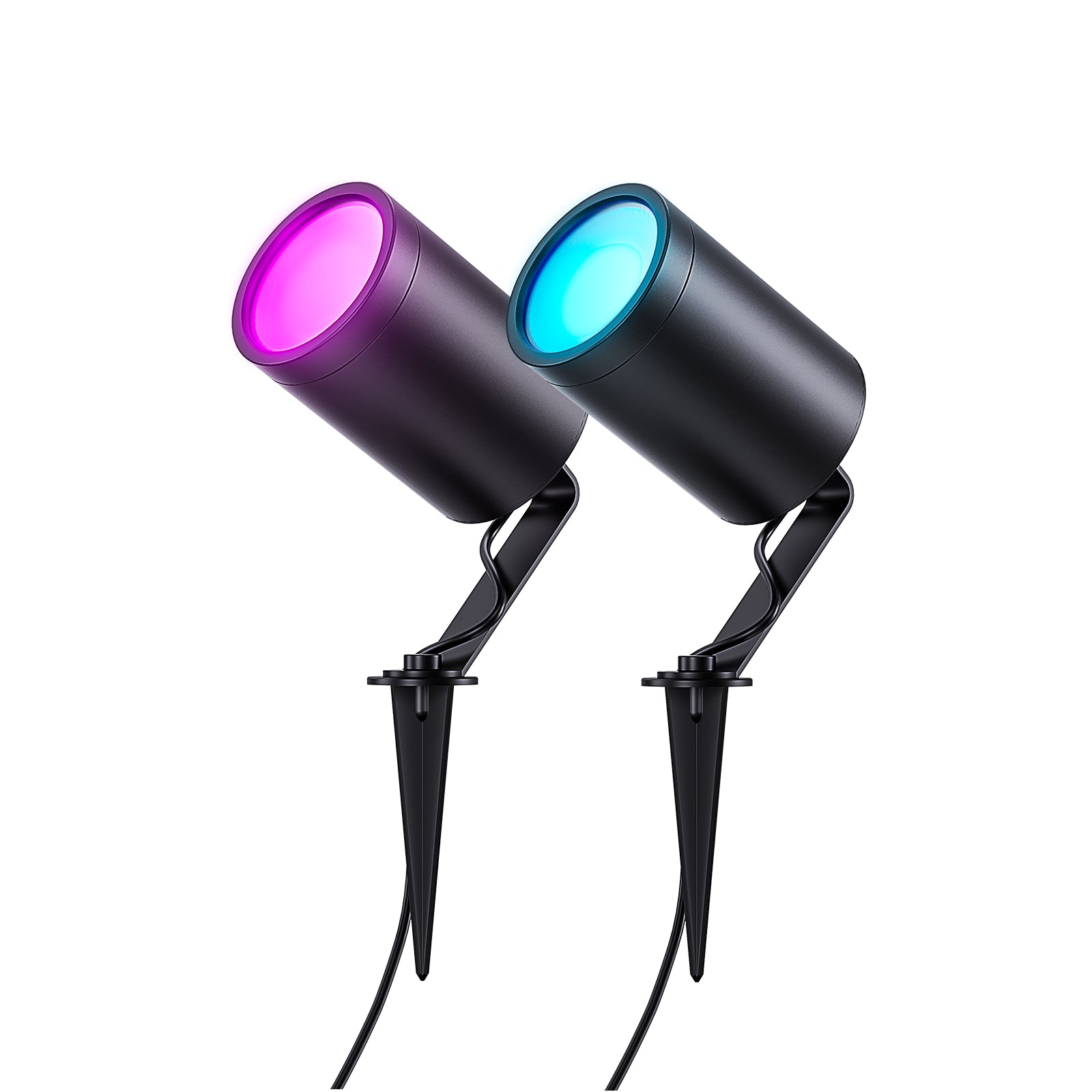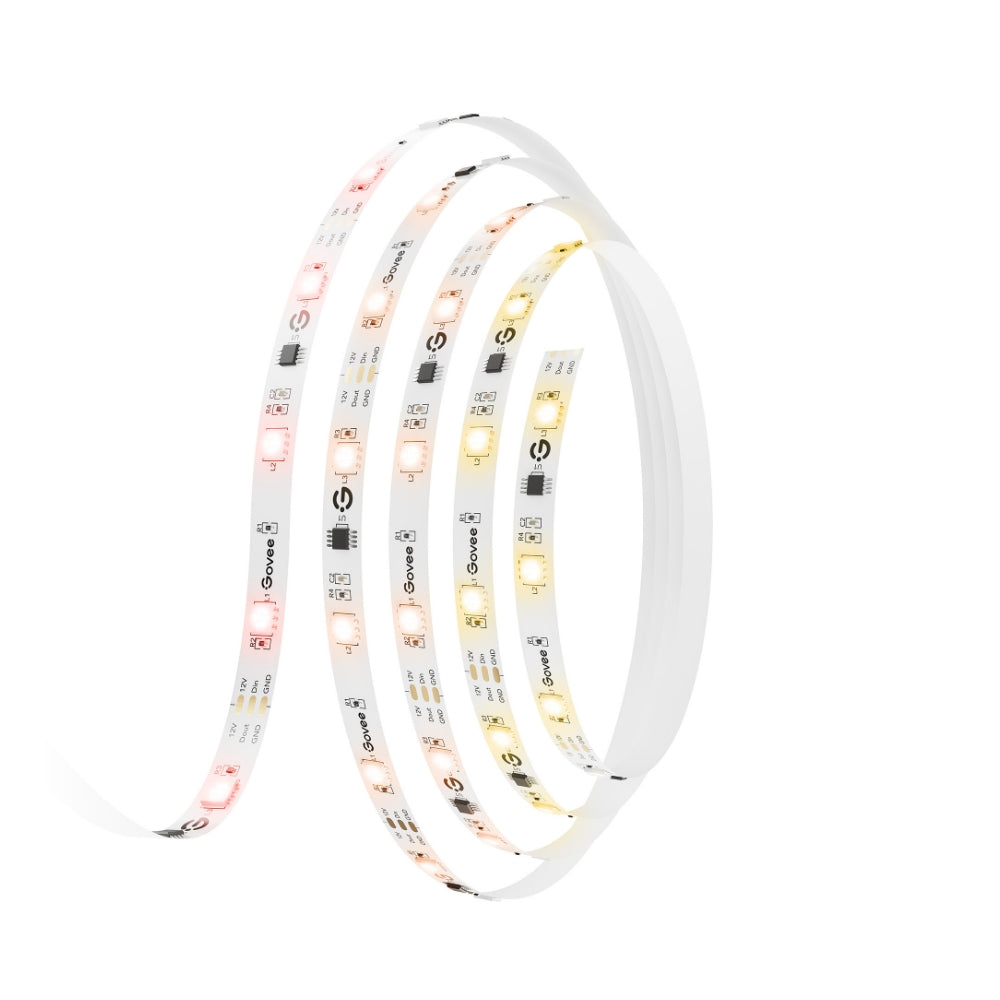Like many homeowners, you probably want to save money on your energy bills. And because cooling costs more to operate than heating, it’s a good place to start. In fact, the U.S. Department of Energy says that about half of the average home’s total energy consumption goes toward cooling in summer and warming in winter—and that’s on top of all the electricity needed for appliances and lighting! So what can you do? The good news is that there are plenty of smart cooling technologies available today that can help reduce those high costs while still maintaining comfortable temperatures throughout your home. Here are some tips:
Contents
- 1 Invest in a smart thermostat.
- 2 Use fans to help circulate air.
- 3 Seal up gaps around doors and windows.
- 4 Make sure your vents are clean and clear.
- 5 Schedule annual maintenance for your system.
- 6 If time is right, replace your unit with a more efficient one.
- 7 Smart cooling technology can save you money when you follow these tips
- 8 Bottom Line
Invest in a smart thermostat.
If you want to save money on your cooling costs, installing a smart thermostat is a great place to start. A smart thermostat does more than simply adjust the temperature in your home—it can also learn your habits and help you save money by learning when to turn off or on. Smart thermostats are available from several manufacturers, including Honeywell and Nest (a subsidiary of Google).
Smart thermostats are easy-to-use devices that look like traditional programmable models but have features that provide better control over your home’s temperature settings. Most models include a touchscreen display and allow users to program their systems with simple swipes and taps instead of fiddling with buttons on an old-fashioned dial model.
The technology behind these devices enables them to automatically adjust temperatures based on user preferences or specific times during the day when people are likely to be around their homes (such as between 8:00 am – 5:00 pm) so they don’t waste energy heating or cooling unoccupied spaces unnecessarily during off hours when nobody needs it anyway! This technology makes it easier for homeowners who aren’t familiar with how much wattage different appliances use when plugged in around their house every day.
Use fans to help circulate air.
Fans are a great way to help circulate air through your home, but they can also be controlled with smart thermostats—which allows them to be turned on and off remotely. You can even program the fans to turn on and off at specific times throughout the day, which can be helpful if you’re going away for a few days or need to cool down before bedtime.
Seal up gaps around doors and windows.
To keep cool air from escaping your home through the cracks, start with a thorough inspection of the areas where you think there are gaps.
If you find any open spaces, seal them up with weather stripping or caulk. If you don’t have enough time to do this yourself, consider hiring a carpenter or contractor in your area who can spare 10 minutes to check things out for you.
You may also want to look into flexible foam insulation; it’s easy to install and will keep warm air from seeping into your house through those same gaps. You could also use a door sweep, which is designed specifically for this purpose but is more expensive than other options on this list (but still cheaper than calling an HVAC specialist).
Make sure your vents are clean and clear.
If you’re looking for a quick way to reduce your energy consumption, cleaning your vents might be the answer.
A dirty vent can make your cooling system work harder, which leads to higher energy use. Instead, clean them out so they can do their jobs more effectively and efficiently. The easiest way is to just vacuum them with an upright vacuum or use a brush attachment on your regular handheld one (or both).
If you want something more thorough but less intense, try using a hose attachment on the end of a vacuum cleaner or even just running water over it while running the fan. And if all else fails, dampen a cloth with warm water and wipe away any dirt or dust buildup in the ducts!
Schedule annual maintenance for your system.
- Get your system checked for leaks. Leaks can cause large amounts of energy loss in a system.
- Change the filter regularly to keep it working properly and avoid dirty air in your home or business.
- Inspect the duct work for leaks and blockages that could be causing a significant amount of heat loss or even fire hazards if left unchecked. If there are any problems with this part of your system, it would be best to call in a professional who knows what they’re doing to get them fixed right away!
- Check the compressor for leaks, corrosion and damaged seals/bearings/gaskets which may cause poor performance from your unit when trying to cool down spaces efficiently during hot summer months when demand is highest!
If time is right, replace your unit with a more efficient one.
If you’re considering replacing your unit, there are a few things to consider.
First, think about what your old unit is costing you in energy bills. If it’s high, that might be reason enough to replace it.
Second, think about how much more efficient the new model would be when compared with the current one and how long it would take for those savings to pay off the cost of replacement (and any other associated costs).
The best way to make an informed decision about whether or not to replace is by working with an expert who can help walk through all of these factors with you – from figuring out if now is the right time for replacement and what types of savings are possible.
Smart cooling technology can save you money when you follow these tips
- Consider window treatments. If your house is south facing and gets a lot of sunlight, heavy drapes or blinds may be a good option. This will help keep your home cooler in the summer and warmer in the winter by blocking out damaging rays. If you have any rooms that are sunlit all day long (like a kitchen or living room), consider using light-blocking curtains for those spaces as well. However, keep in mind that it’s also important to have some ventilation — otherwise things might get stuffy inside!
- Invest in a smart thermostat that’ll learn your preferences over time so it can adjust based on what’s going on outside and inside your home at any given time throughout each day or week.
- Use fans to help circulate air.
- Seal up gaps around doors and windows.
- Make sure vents are clean & clear.
Bottom Line
As you can see, there are a number of ways to save money on cooling. Although this post has covered quite a few different strategies, it’s important to remember that the ones that work best for your home may vary from those discussed here. If you’re still looking for more ideas and have time on your hands before summer rolls around, consider checking out our blog post about smart thermostats—it might be just what you need!















